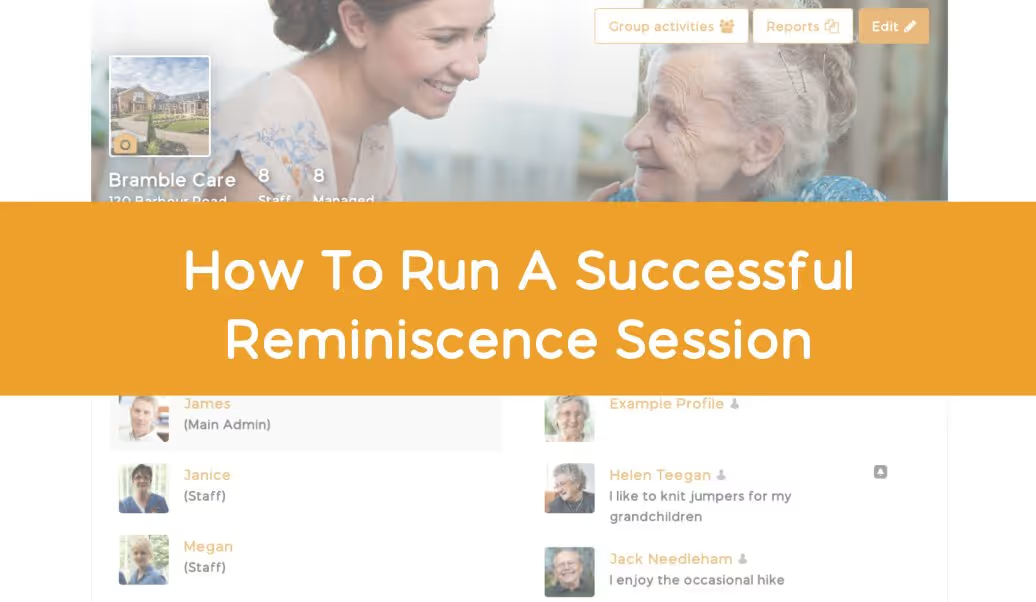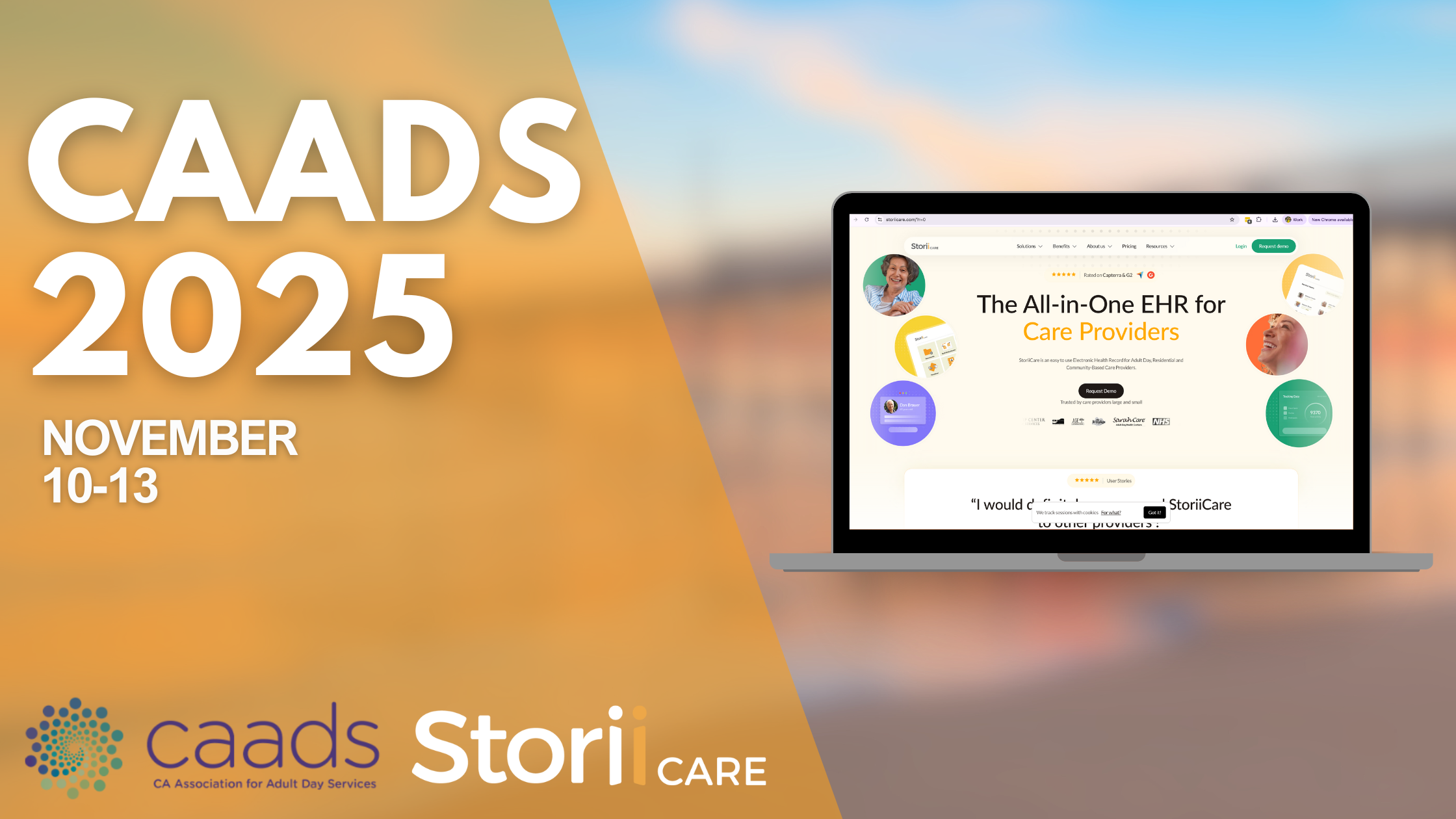3 Steps to Running a Group Reminiscence Session
Reminiscence sessions can be key in helping residents to remember and share their old memories. Over the last twenty years, there has been a significant rise in the number of reminiscence activities being run with the elderly, particularly with those who have Dementia. Reminiscence sessions have now become a valued activity within the care sector, empowering residents to communicate and socialise. Such sessions offer residents a platform to reflect and share their life experiences in a supportive environment.
Decide On A Group Leader
Before beginning a reminiscence session, it is recommended that you decide who will be the group leader or facilitator. The nominated leader will help to guide and encourage discussions and make sure the session runs smoothly. It is their role to ensure that everyone involved has a pleasant experience and to keep topics relevant to those present where possible. The opportunity should be presented for each person to contribute, but no-one should be pressured into responding. It is important to remember that people may be nervous about participating and may not know what will be expected of them, so don't force them into anything that they are not comfortable speaking about.
Choose A Theme

It is important to choose an appropriate theme which as many people as possible in the group session can relate to. Once a theme is determined you can then ask each member of the group in turn to share their thoughts on the subject.
Here are some ideas for themes to explore:
- Historic events
- Movies
- Childhood games and pastimes
- Working life
- Family life and grandparents
- School experiences
- Pop culture from their youth - the golden age of Hollywood, etc.
- Wartime, service in the military (may not be suitable for everyone)
Use Multi-Sensory Triggers
After you have chosen a suitable theme, the next factor to running a successful reminiscence session is to use appropriate sensory aids to stimulate the reminiscence process. Objects which are familiar to the group members are important, therefore it is a good idea to try a range of different sensory stimulants to find out which works best for each member.

Here are some good sources of sensory aids which can help to make reminiscence sessions varied and enjoyable:
• Visual aids are important - prompts such as old photographs or video footage, maps, old films, flags of the world, symbols, posters or paintings. On StoriiCare there is a fit-for-purpose folder of curated content which is ideal for reminiscence sessions. It is accessible to care staff and is updated weekly. Find out more here.
• Sounds can be a powerful prompt if used correctly. Sounds such as music which is familiar and unfamiliar, bird and animal noises, weather (storms, the wind, rain), sounds of trains and ships, machinery noise can all be used to prompt nostalgia with an older audience.
• Tastes are also a great sensory aid. Food, drink, sweets, medicine, cooking and baking, unusual or foreign foods to try. If you feel it would suit, you can ask them if they remember any old recipes from childhood which you can enjoy with them.
• Various scents can help to trigger old memories. Smells such as makeup, perfume, cleaning agents, medicine, mothballs, herbs, spices, cooking smells, flowers, trees and countryside smells, coal and wood burning are all great examples.
• Touch can also be used to stimulate a response. You can use contrasting textures, contrasting temperatures (warm and cold), different fabrics, human touch, food ingredients, animals to stroke, clothes to handle and fold.




.png)
.png)











